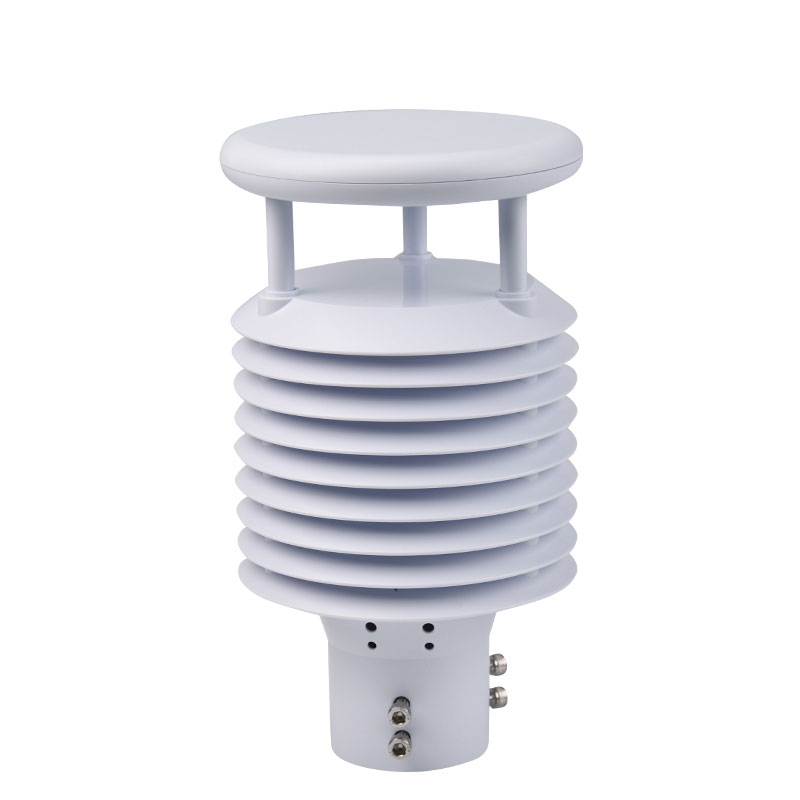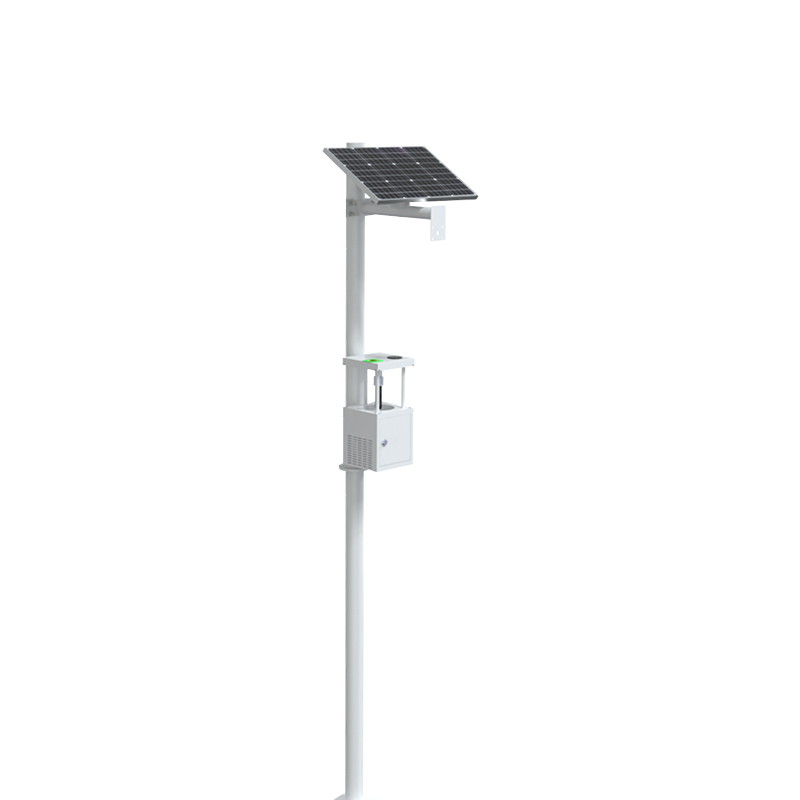In the field of tap water purification, three key indicators, namely TDS, COD, and TOC, are commonly used to measure the quality of household tap water.
TDS stands for Total Dissolved Solids, which represents the milligrams of dissolved solids in one liter of water. It is generally measured indirectly by conductivity. The higher the value, the more dissolved substances there are. According to China's tap water standards, TDS should be less than or equal to 1000 mg/L. In actual households, it is mostly between 100 and 300 mg/L. After RO reverse osmosis filtration, it can be less than 10 mg/L. However, it has no direct correlation with health, and water quality cannot be judged solely based on this indicator.
COD is Chemical Oxygen Demand, which reflects the amount of oxidant consumed by reducing substances in water and indicates the pollution situation of organic substances and others. Measurement methods include the dichromate method, spectrophotometry, etc. The higher the value, the more serious the organic pollution. China's tap water standards require it to be less than or equal to 3 mg/L, and not exceeding 5 mg/L under special circumstances.
TOC stands for Total Organic Carbon and is used to evaluate organic pollutants. There are various measurement methods, such as the combustion oxidation-nondispersive infrared absorption method, etc. It can reflect the situation of organic substances such as bacteria, viruses, and drug residues. The tap water standard requires it to be less than or equal to 5 mg/L. Nowadays, household water quality detectors can measure these three indicators, facilitating daily monitoring.
Water Quality Monitoring Equipment, also known as the Integrated System of Multi-parameter On-line Water Quality Analysis Instruments, has a wide range of applications. In civil fields such as water source monitoring, environmental protection monitoring stations, municipal water treatment, pipe network water quality supervision, and rural tap water monitoring, it ensures water safety; in industrial scenarios such as circulating cooling water, swimming pool water operation management, industrial water source recycling, and industrialized aquaculture, it facilitates the smooth progress of production.
This system aims at the requirements of on-line analysis instruments and laboratory research, and its core is to provide reliable sample information. By using automatic control, computer technology, and professional software, a complete process from sampling pretreatment to data processing and storage is formed to achieve automatic monitoring.
Generally, the system consists of sampling, pretreatment, data acquisition and control, on-line monitoring and analysis instruments, data processing and transmission, and a remote management center. Each part operates in coordination. Among them, the instrument analysis unit includes a five-parameter analyzer (measuring temperature, pH, dissolved oxygen, etc.) and analyzers for ammonia nitrogen, permanganate, and total phosphorus. It is also equipped with a PLC control system and supports wireless transmission, comprehensively ensuring the stable operation of the system and the accuracy and reliability of the data.

This paper addresses:https://fengtusz.com/industry/622.html









